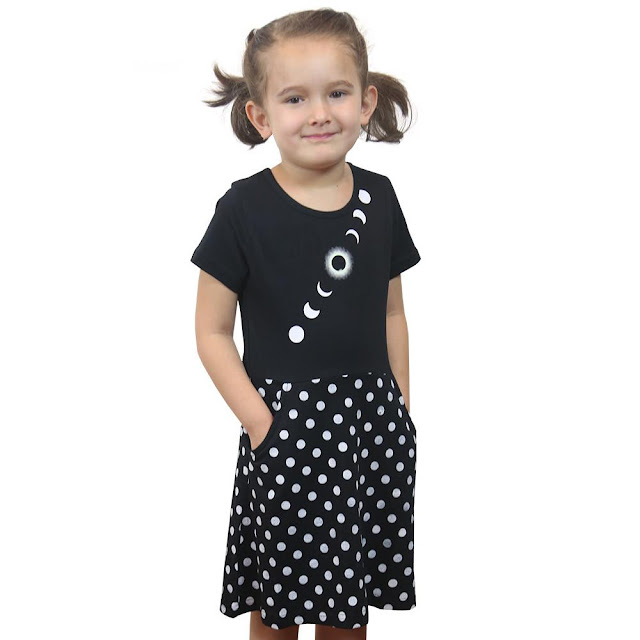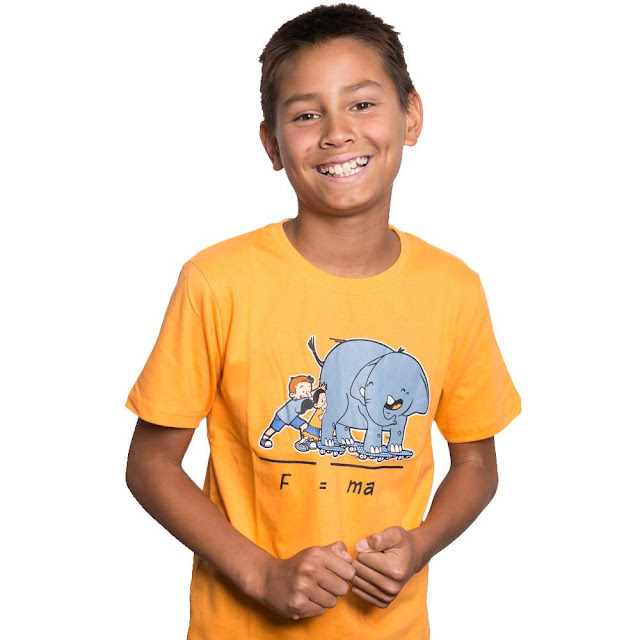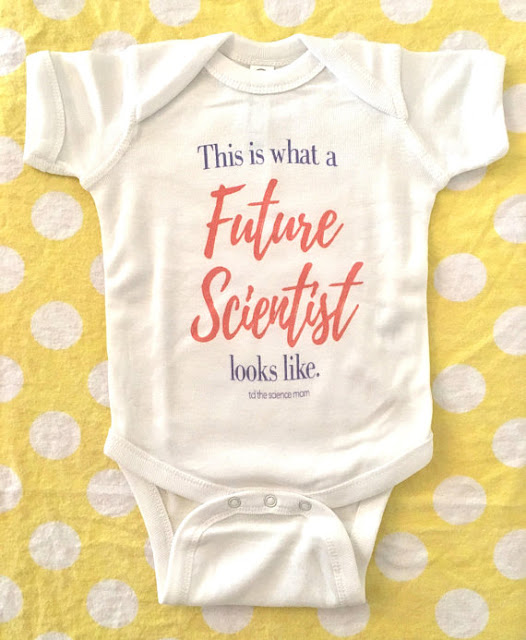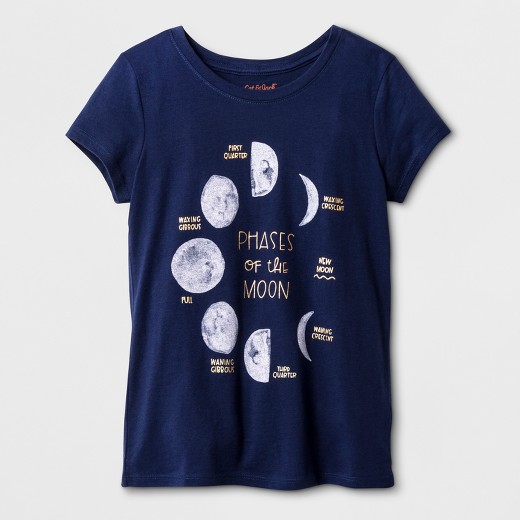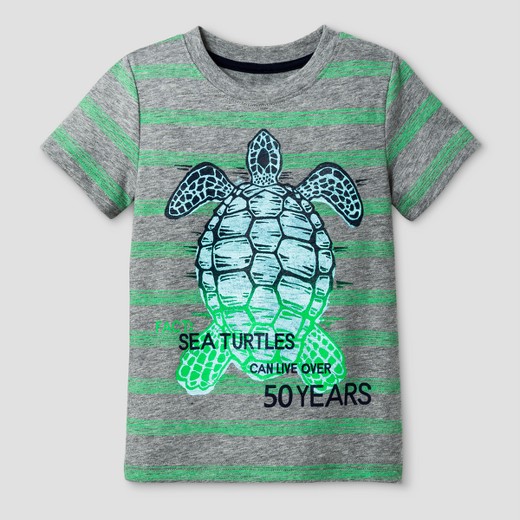I love that the chosen books are full of stories of actionable projects and show not only how the environment is being impacted, but also how children and adults can be creative problem solvers when faced with a challenge. I think you and your children or students will not only enjoy these stories, but also be inspired to go out and enjoy nature and learn more about our Earth.
This post contains affiliate links, please see disclosures for more information.
The Green Earth Book Awards
The Green Earth Book Awards have been given annually, since 2005, to great reads in the categories of children's and young adult books. The books we are featuring here are from the picture-book category, in which visual and verbal narratives help tell the story for young readers. There are many more books on the list of this year's award winners and notable mentions. You can find the entire list of the 2017 Green Earth Book Award winners here.
Our Favorite Green Earth Award Picture Books
Follow the Moon Home


Follow the Moon Home by Philippe Cousteau and Deborah Hopkinson, illustrated by Meilo So, was the Green Earth Book Award winner in the 2017 picture book category and was also our favorite of the picture books we read at home. I particularly loved Follow the Moon Home because it showed how kids have the power to work toward a solution to a problem. It tells the story of a class of students who work with their teacher to find a solution to the problem of baby sea turtles not making it to the sea upon hatching.
To work toward a solution to this actionable problem, the class makes posters, they spread the word throughout their neighborhood, and are leaders at their town meeting. Rather than present a real-life issue in a scary and hopeless way, the story illustrates positive, realistic action by kids. The story is followed up by non-fiction information about turtles and more resources for kids at the end of the book.
We also loved that our library loaned the book out as a puppet set with this awesome Folkmanis sea turtle puppet! It added an element of play to the story.
Green City


I also really enjoyed Green City by Allan Drummond, which was an honor winner. Again, it is the story of a true, actionable problem. Green City the true story of a community in Kansas that suffered destruction by a tornado. When faced with rebuilding their town, they chose to rebuild it as sustainably as possible.
The story really looks at the process of problem solving, and how a group of people can turn a tragic event into an opportunity for improvement. Green City is written as a narrative story, but includes factual sidebars as well. The book could be read using both the narrative and the factual pieces, or one or the other. Green City would be most engaging for upper elementary-aged children.
Prairie Dog Song


Prairie Dog Song by Susan L. Roth and Cindy Trumbore features really cool mixed media collage illustrations and the story is told in song (to the tune of "The Green Grass Grows All Around") but could also be read as a rhyme.
There is factual information on some pages that can be read in addition to the story. Prairie Dog Song tells the story of the importance of the interrelationships in an ecosystem, from the grass to prairie dogs. The song explains the factual process of plants and animals vanishing and scientists understanding the cause and consequences, then learning how to bring them back. The fact that Prairie Dog Song is written in song makes it accessible to a wider range of ages.
Finding Wild
Finding Wild by Megan Wagner Lloyd Illustrated by Abigail Halpin was incredibly engaging with extremely fluid and appealing images that almost danced across the page. The book captures the joy, peace, danger, and excitement of the wild world, and how you can find it even in the most paved over places. With concise, interesting phrasing, Finding Wild would be a great read-aloud to younger children, but will also appeal to older ones.
Mr. King's Machine

Mr. King's Machine by Genevieve Cote has cute illustrations and is immediately appealing to young children. Mr. King builds a machine to catch the caterpillar that is munching his favorite flowers, but ends up coming to realize that his machine is doing more harm than good. In the end he re-designs his machine to be a flower seed spreader instead. Mr. King's Machine is a kid-friendly way to look how our actions affect everything else and that there are many different ways to solve a problem.
Squirrels Leap, Squirrels Sleep

Squirrels Leap, Squirrels Sleep by April Pulley Sayre, illustrated by Steve Jenkins was instantly of interest to me as I love books illustrated by Steve Jenkins. (You'll want to check out Living Color and Eye to Eye: How Animals See the World as other great examples of his work.)
This text is written in simple, yet factual, rhyme that can be read to the very young. Despite the fact it is simple, it inspires interesting questions. After reading, my four-year-old niece wanted to know "How does a squirrel fly?", which led to a great discussion about how a flying squirrel glides and how bats are the only furry animals that really can fly. If you have young children who love animals, they will enjoy Squirrels Leap, Squirrels Sleep.
Mr. McGinty's Monarchs

Mr. McGinty's Monarchs by Linda Vander Heyden and illustrated by Eileen Ryan Ewen, is a lovely story about a man who saves a bunch of monarch caterpillars. Again, a great story with an actionable problem. Mr. McGinty collects up the monarch caterpillars after the milkweed has been cut down and he brings them to schools where the students learn about them and raise them.
The bright, colorful illustrations are appealing and so is the engaging story. The end of Mr. McGinty's Monarchs includes kid-friendly factual information about monarchs and migration. Mr. McGinty's Monarchs would be a great companion to these activities about monarchs and monarch migration.
Circle

Circle by Jeannie Baker is the story of the migration and a year in the life of a godwit shorebird, which migrates further than any animal. The illustrations are made life like with the use of mixed media, including natural items.
Reading this story is a great way to learn and teach about migration, or read before students create and illustrate pictures of life cycles. Circle includes more factual information at the end. This would be a great choice for an upper elementary classroom.















